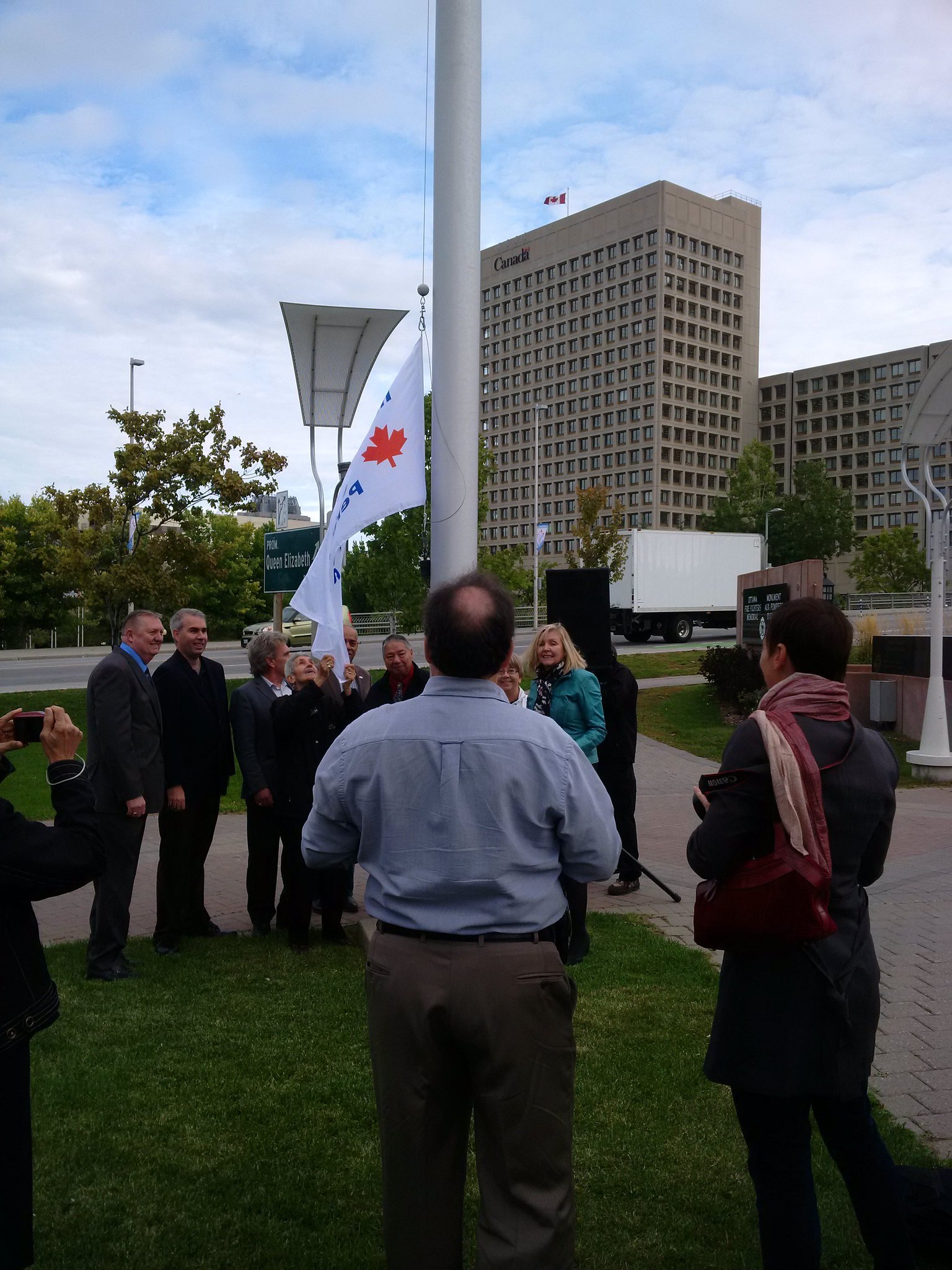http://www.theglobeandmail.com/news/politics/provinces-push-for-more-federal-health-spending-as-senior-population-grows/article32116064/
In 2031, seniors will reach 23% of pop. up from 15% in 2011
Provinces push for more federal health spending as senior population grows
BILL CURRY AND GLORIA GALLOWAY
OTTAWA — The Globe and Mail
Published Wednesday, Sep. 28, 2016 7:23PM EDT
Last updated Wednesday, Sep. 28, 2016 9:58PM EDT
Provinces with older-than-average populations are pushing Ottawa to boost health transfers based on demographics as part of a new national health accord.
But provinces and territories are also expressing increased frustration with the federal Liberals over an apparent unwillingness to discuss increased federal spending on health.
Preparing for a rise in health-care costs as baby boomers retire is shaping up as a key point of contention as federal Health Minister Jane Philpott prepares for an Oct. 18 meeting with the provinces and territories on health-care reform.
Several provincial health ministers said in interviews this week that they want to see increased federal health transfers that are weighted to prioritize regions facing the most pressing demographic pressures. “I have raised it at every opportunity,” said British Columbia Health Minister Terry Lake. “We haven’t seen any positive response but the dialogue will continue.”
In New Brunswick, where there were more deaths than births recorded for the first time last year, Health Minister Victor Boudreau said his province is trying to keep costs under control but needs more money from Ottawa.“The older you get, the more you require services from the health system,” he said.
Premiers are also escalating their opposition to planned changes to health transfers, asking for a first ministers meeting on health in addition to one already planned on climate change.
Writing as chair of the Council of the Federation, Yukon Premier Darrell Pasloski said in a letter to Prime Minister Justin Trudeau – obtained and reported on by the CBC Wednesday and confirmed by The Globe – that the provinces and territories would like to see a health meeting confirmed before a meeting is held on the environment. If that isn’t possible, the premiers want Ottawa to delay planned changes to health transfers by one year.
The pace of Canada’s demographic change was highlighted Wednesday when Statistics Canada released updated population figures. The estimates show nearly six million seniors in Canada this year, up from 4.3 million in 2006. Statistics Canada has previously estimated that all baby boomers will have reached the age of 65 by 2031, when the proportion of seniors could reach 23 per cent of the total population, up from 15 per cent in 2011.
A sense of the coming negotiations will emerge publicly Thursday when health-care experts from across Canada, as well as Dr. Philpott and her Quebec counterpart, Dr. Gaétan Barrette, speak at a conference co-sponsored by the Canadian Medical Association in Ottawa.
The CMA has submitted a proposal to the federal government that calls for an annual top-up to existing health transfers that would start at $1.7-billion in 2017 and would be divided among the provinces based on demographic pressures. President Granger Avery said Ottawa needs to boost transfers but it must also work with the provinces to tackle some of the nagging major structural problems in the health system.
Dr. Avery said governments could save billions by working together on prescription-drug policies and by shifting treatment away from hospitals in favour of home care where possible. Dr. Avery said he’s optimistic these talks will go beyond wrangling over transfer formulas and will actually address these issues.
Dr. Barrette, the Quebec Health Minister, said he does not share the CMA’s optimism that talks will result in meaningful change. Since last October’s election, he said there’s been virtually no behind-the-scenes talks between Ottawa and the provinces on health.
“It’s extremely disappointing to this point,” he said. “I’m expecting the federal government to come down from their ivory tower and tell Canadians exactly what they will do … This is a government that said they would distance themselves from the Conservatives. They’re doing exactly the same thing.”
So far, Dr. Philpott has attempted to refocus discussion away from the transfer formula in favour of negotiations on a separate “health accord” of specific issues such as home care, palliative care and mental health.
The Liberals’ election platform promised $3-billion over four years for home care. However, Dr. Philpott has said she has no plans to reverse next year’s scheduled change to the health transfer formula. That change will end the automatic 6-per-cent annual increase that has been in place since 2004. The new formula is based on economic growth, with a guaranteed minimum transfer increase of 3 per cent.







